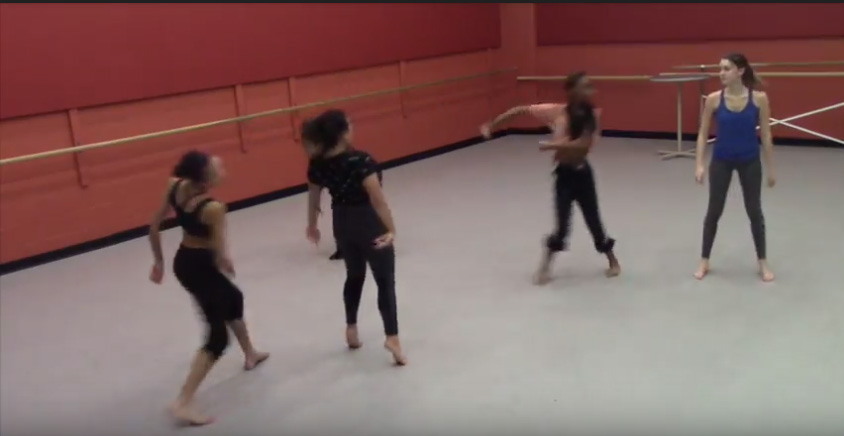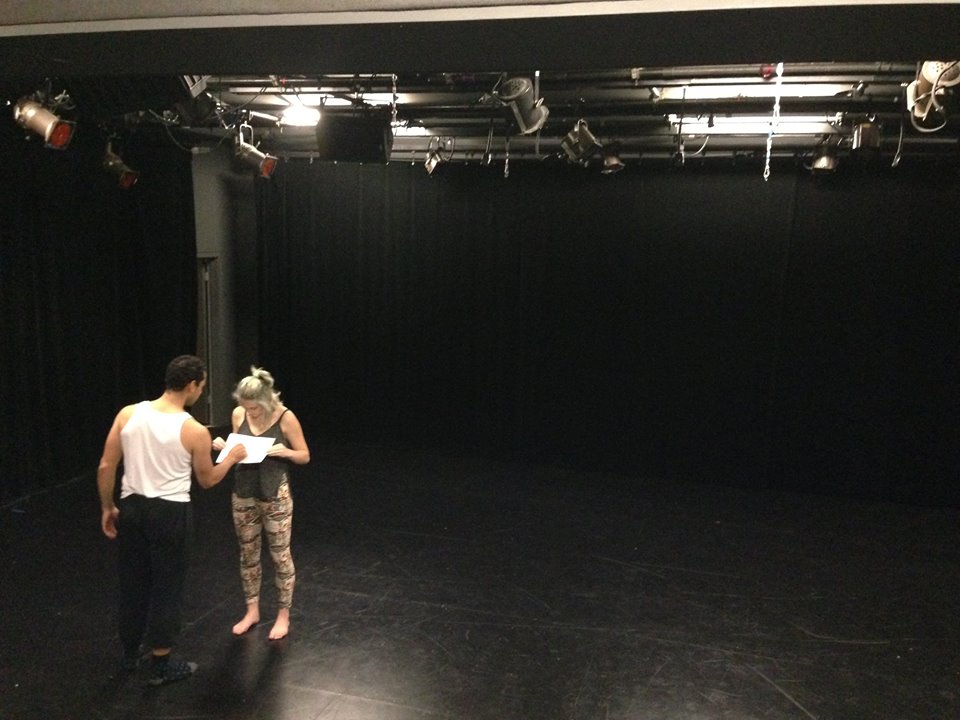Flexibility is important, especially in the beginning phases when I am researching movement ideas to carry the inspiration behind the work. The central idea or theme needs to be present at this phase, otherwise the process of creating can turn into a runaway train, which might not be a bad thing because you might stumble across new ideas that don't manifest in a process confined to a time limit, but it is certainly a challenge.
If I see that an idea is not working I try to improve it. The big difference is what kind of changes you can make depending on whether you're just getting into the studio, somewhere in the middle of the creative process, or seeing the first stage rehearsal with lights, costumes, and the premiere is tomorrow.
I've made changes to work in the middle of the performance run before and it's nice to have that option. If I had to say where we spend the most energy it's definitely in the creation process, going forwards and backwards over choreography and ideas with the dancers. That can be physically and mentally exhausting but it is so much of what drives the creative process.
When the idea is unearthed, shaped, and ready to be polished for a performance the process does usually change quite a bit, for me. How is this going to be perceived becomes a big question. At this stage my aim is not to communicate something unintentional to the audience. I share the piece with people to find out if my idea is making the impact I am after and to evolve the piece further.






